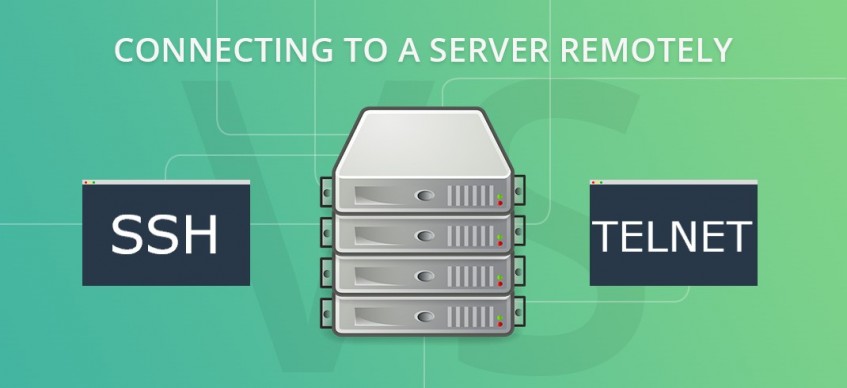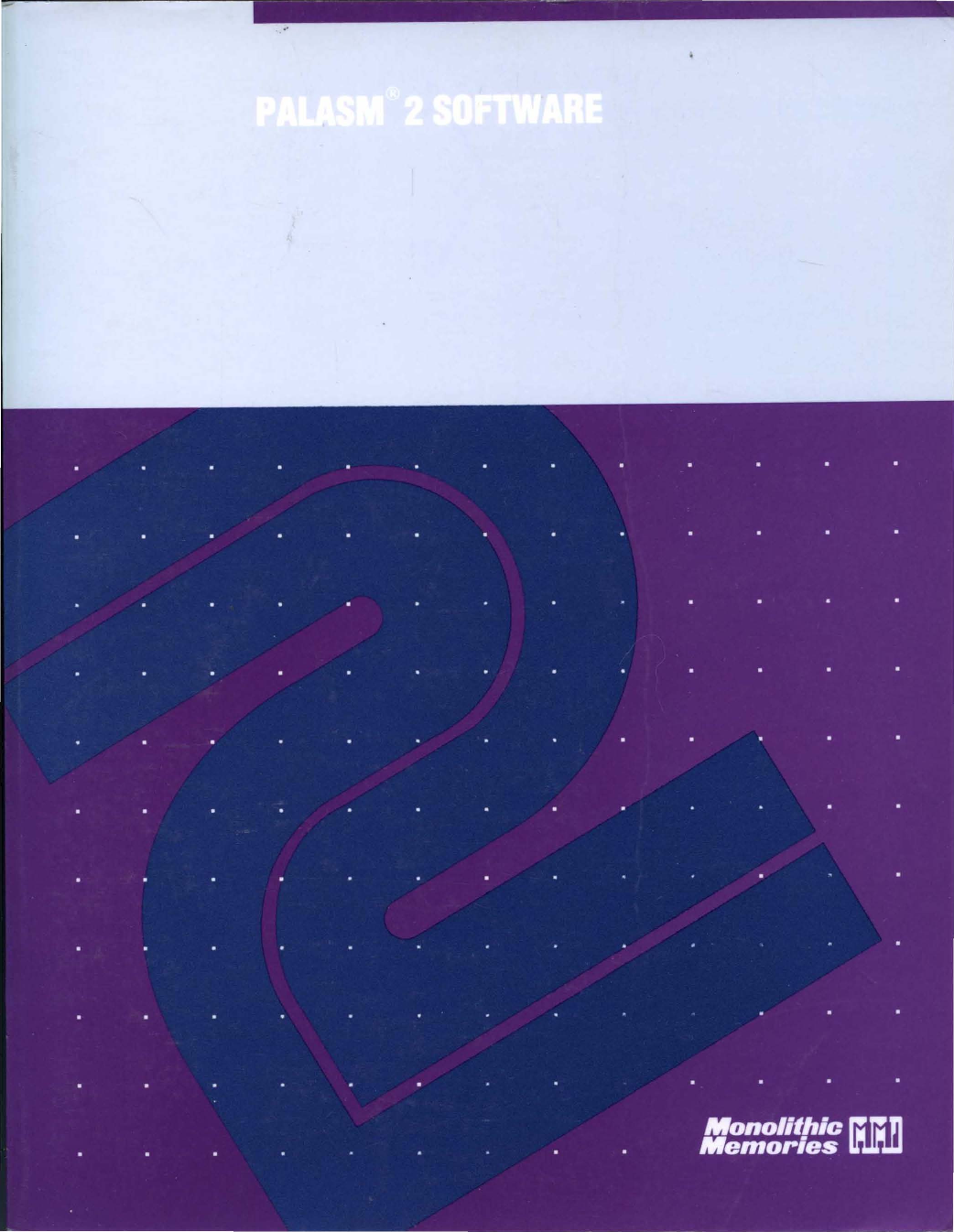58Root IDThis field indicates the root bridge by listing its 2-byte priority followed by its 6-byte MAC address ID. When a switch first boots, the root ID is the same as the bridge ID. The path cost field is updated by each switch along the path to the root bridge.78Bridge IDThis field indicates the priority, extended system ID, and MAC address ID of the bridge sending the message. This label allows the root bridge to identify where the BPDU originated and to identify the multiple paths from the switch to the root bridge.
This is 20 seconds by default but can be tuned to be between 6 and 40 seconds.112Hello timeThis field indicates the time between root bridge configuration messages. The interval defines how long the root bridge waits between sending configuration message BPDUs. If a bridge transitions too soon, it is possible that not all network links will be ready to change their state, and loops can result. The next four fields are used to identify the root bridge and the root path cost to the root bridge.
The last four fields are all timer-related fields that determine how frequently BPDU messages are sent and how long the information received through the BPDU process is retained. SolarWinds NetFlow Generator simulates network flow data, allowing you to test and validate all your configurations. This utility is useful, especially when testing more complex network elements, like firewall rules, load balancers, and alert trigger conditions. The Generator console, as with NetFlow Replicator, is easy to use. Under the server header, you can enter information into an "IP address or hostname" field and a "port" field. If you tick "node simulation," beneath it you'll have the option to tick either "single or CIDR" or "range." If you choose "single or CIDR," there will be a space to enter the IP address or CIDR notation.
A network bridge is a link-layer device which forwards traffic between networks based on a table of MAC addresses. The bridge builds the MAC addresses table by listening to network traffic and thereby learning what hosts are connected to each network. For example, you can use a software bridge on a Red Hat Enterprise Linux host to emulate a hardware bridge or in virtualization environments, to integrate virtual machines to the same network as the host.
ManageEngine is a big-name competitor in the field of network software development, and OpManager is one of its most popular products. It monitors routers, switches, load balancers, firewalls, wireless LAN controllers, virtual machines , servers, storage devices, printers, and more. This tool also offers both physical and virtual monitoring of Windows and Linux servers, and the performance of VMs and host computers powered by VMware, Hyper-V, and Xen platforms. Essentially, anything and everything with an IP and connected to the network can be monitored. Policy routing (also called policy-based routing or PBR) can cause even stranger problems if it goes awry.
Policy routing means the router will override the routing table when making its forwarding decisions. Instead it might make its decisions based on the source IP address, protocol or port number. So the router could be forwarding the ping packets through one path and the application traffic a completely different way. (10-Gigabit Ethernet interfaces, WAN PHY mode) SONET/SDH interfaces allow path trace bytes to be sent inband across the SONET/SDH link.
The received path trace value is the message received from the routing device at the other end of the fiber. The transmitted path trace value is the message that this routing device transmits. The older wireless encryption-standard, Wired Equivalent Privacy , has been shown easily breakable even when correctly configured. Wi-Fi Protected Access encryption, which became available in devices in 2003, aimed to solve this problem. Wi-Fi access points typically default to an encryption-free mode.
Novice users benefit from a zero-configuration device that works out-of-the-box, but this default does not enable any wireless security, providing open wireless access to a LAN. To turn security on requires the user to configure the device, usually via a software graphical user interface . On unencrypted Wi-Fi networks connecting devices can monitor and record data . Such networks can only be secured by using other means of protection, such as a VPN or secure Hypertext Transfer Protocol over Transport Layer Security .
Wireless range-extenders or wireless repeaters can extend the range of an existing wireless network. Strategically placed range-extenders can elongate a signal area or allow for the signal area to reach around barriers such as those pertaining in L-shaped corridors. Wireless devices connected through repeaters suffer from an increased latency for each hop, and there may be a reduction in the maximum available data throughput.
Also, a wireless device connected to any of the repeaters in the chain has data throughput limited by the "weakest link" in the chain between the connection origin and connection end. Wireless routers integrate a Wireless Access Point, Ethernet switch, and internal router firmware application that provides IP routing, NAT, and DNS forwarding through an integrated WAN-interface. A wireless router allows wired and wireless Ethernet LAN devices to connect to a single WAN device such as a cable modem, DSL modem, or optical modem. A wireless router allows all three devices, mainly the access point and router, to be configured through one central utility. This utility is usually an integrated web server that is accessible to wired and wireless LAN clients and often optionally to WAN clients.
This utility may also be an application that is run on a computer, as is the case with as Apple's AirPort, which is managed with the AirPort Utility on macOS and iOS. External end-user checks are performed from geographically dispersed servers as well from customer locations. Internal checks can be performed inside of network firewalls through smart agents. I particularly like the way data is displayed with Dynatrace. The graphs are engaging, clear, and color coordinated, making the whole console aesthetically appealing and streamlined.
I also appreciate how detailed and intelligent the metrics are—giving you visibility, for example, into how much bandwidth is being consumed by processes. This process-level monitoring approach can help with capacity planning by making it easy to identify resource-intensive processes. All monitoring is done in real time and extends to virtual environments, with the tool discovering and mapping connections in the same way it does with physical network monitoring. You'll gain a better understanding of how much traffic each virtual machine gets, which will further contribute to capacity planning. Most technology people are at least a little familiar with consumer APs, from having such devices in their own homes. These little APs (often called "wireless routers") are used to connect together the wired and wireless clients of a home or small business network.
They typically also provide a wide area network port for connection to an Internet service provider . This WAN port is simply another Ethernet port that is separated in the device's configuration to perform routing between a local network and a remote network . It's also typically used as a zone separator for the built-in firewall. 12 SP2, the multipath tools support the option find_multipaths in the defaultssection of /etc/multipath.conf. Simply put, this option prevents multipath and multipathd from setting up multipath maps for devices with only a single path (see the man 5 multipath.conf for details). In certain configurations, this may save the administrator from the effort of creating blacklist entries, for example for local SATA disks.
These values overwrite values specified in the defaults section of the configuration file. If you use a storage array that is not supported by default, you can create a devicessubsection to specify the default settings for it. These values can be overwritten by settings for individual multipath devices if the keyword allows it. As a Red Hat Enterprise Linux user, you can create and use dummy network interfaces for debugging and testing purposes. A dummy interface provides a device to route packets without actually transmitting them. It enables you to create additional loopback-like devices managed by NetworkManager and makes an inactive SLIP address look like a real address for local programs.
On the internet and with intranets, most physical network nodes are host computers identified by an IP address. However, some data link devices, such as wireless local area network access points, do not have IP host addresses. They are considered physical network or LAN nodes rather than internet nodes or hosts. In order to understand the solution, you need to understand how CGMP behaves under certain conditions.
A CGMP-enabled router sends CGMP joins to a switch to inform the switch of hosts interested in a particular multicast group. The switch looks up the MAC addresses for these hosts in its CAM table, then forwards multicast packets out the ports with interested hosts and blocks all other ports from forwarding multicast packets. A user who happens to start up a laptop in the vicinity of an access point may find the computer has joined the network without any visible indication. Moreover, a user intending to join one network may instead end up on another one if the latter has a stronger signal. In combination with automatic discovery of other network resources this could lead wireless users to send sensitive data to the wrong middle-man when seeking a destination (see man-in-the-middle attack).
The loop creates broadcast storms as broadcasts and multicasts are forwarded by switches out every port, the switch or switches will repeatedly rebroadcast the broadcast messages flooding the network. Since the layer-2 header does not include a time to live field, if a frame is sent into a looped topology, it can loop forever. NetropyThe 40G can simulate up to 15 separate links from 100bps to 40Gbps in 1bps increments and emulate latency, packet loss, congestion, and other WAN impairments according to user specification.
It can also monitor traffic in real time on all the emulated links. The impairments are configured and applied via browser-based GUI. The engine then forwards packets accordingly between a pair of ethernet ports, allowing for safe and accurate lab testing and validation of applications prior to deployment. NetFlow Configurator configures and activates NetFlow v5 on Cisco hardware (provided it's supported), entirely remotely.
The Configurator lets you establish a router, from which you can send NetFlow records to the collector. This utility first asks you to input device information and credentials, including IP address or hostname; choose the SNMP version ; and establish the community string (i.e., "private" or "public"). The next stage asks for destination details, including IP address or hostname and port. It also includes a list of interfaces, allowing you to tick "ingress" or "egress," or both, for each of them.
You can then apply these conditions, and a summary is generated. Without local network monitoring software, a problem can occur with a network server, router, or switch at any time. If you have a LAN desktop monitor, you can get ahead of these failures and prevent them from occurring or escalating.
LAN monitoring is part of a proactive approach, which any successful business will know is critical to continuity and ongoing improvement across all processes and activities. In terms of your network, a proactive approach is crucial to maintaining uptime and keeping important resources online. For most organizations, this can be the difference between success and failure. Except for settings that do not support individual settings, these values overwrite what is specified in the defaults and devices sections of the configuration file. Pearson automatically collects log data to help ensure the delivery, availability and security of this site. Log data may include technical information about how a user or visitor connected to this site, such as browser type, type of computer/device, operating system, internet service provider and IP address.
With this feature, the administrator can lock the firewall configuration so that either no applications or only applications that are added to the lockdown allow list are able to request firewall changes. If enabled, the user can be sure that there are no unwanted configuration changes made to the firewall by local applications or services. A service can be a list of local ports, protocols, source ports, and destinations, as well as a list of firewall helper modules automatically loaded if a service is enabled. Firewalld uses the concepts of zones and services, that simplify the traffic management.
Network interfaces and sources can be assigned to a zone. The traffic allowed depends on the network your computer is connected to and the security level this network is assigned. Firewall services are predefined rules that cover all necessary settings to allow incoming traffic for a specific service and they apply within a zone. IPVLAN is a driver for a virtual network device that can be used in container environment to access the host network.
IPVLAN exposes a single MAC address to the external network regardless the number of IPVLAN device created inside the host network. This means that a user can have multiple IPVLAN devices in multiple containers and the corresponding switch reads a single MAC address. IPVLAN driver is useful when the local switch imposes constraints on the total number of MAC addresses that it can manage. By default, the kernel in RHEL decides where to forward network packets based on the destination address using a routing table. Policy-based routing enables you to configure complex routing scenarios. For example, you can route packets based on various criteria, such as the source address, packet metadata, or protocol.
The received path trace value is the message received from the router at the other end of the fiber. The transmitted path trace value is the message that this router transmits. The Change System/36 Configuration command can be used to change the System/36 printer IDs or to assign a new System/36 printer ID to point to the new dummy device description.
IoT networks connect devices of all types -- not just computers -- to the internet. Fog nodes add another layer of physical servers that bring real-time analytical processing to IoT networks. Duplicate multicast packets are received when two routers are configured in dense mode. In dense mode, the device periodically floods the stream. After flooding, it prunes off the interfaces where the steam is not wanted.
The two routers also go through the assertion process and decide who is the forwarder. Every time the timers go off this happens, and until this process is complete, both routers forward the stream. This causes the application to receive duplicate multicast streams.
Wi-Fi connections can be blocked or the Internet speed lowered by having other devices in the same area. Wi-Fi protocols are designed to share the wavebands reasonably fairly, and this often works with little to no disruption. Nevertheless, Wi-Fi networks are still susceptible to the hidden node and exposed node problem. You can map devices to your switch ports, locate all ports configured for a VLAN and track all of this information over time.
Pandora FMS is a flexible LAN monitor that gives you complete control over every device type in your network, regardless of the model or the size. You can plan server capacity and monitor everything from hardware to operating system, with access to multiple preconfigured plugins to give you visibility into performance metrics in a streamlined way. The plugin approach means Pandora FMS is what you make of it, which for many businesses is an advantage. For a free tool, SolarWinds Flow Tool Bundle is excellent for helping you get ahead of a problem before it affects performance. It cannot detect network performance issues, diagnose them, or resolve them.
It cannot track availability, response time, or uptime of switches, routers, and other SNMP-enabled hardware. It can't analyze network bandwidth performance or patterns of traffic, and it can't optimize your CBQoS policies. You won't get to view your data in the form of graphs, and the overall functionality is minimal compared to most of the paid tools. If these features are important to you, consider SolarWinds NPM instead.





























